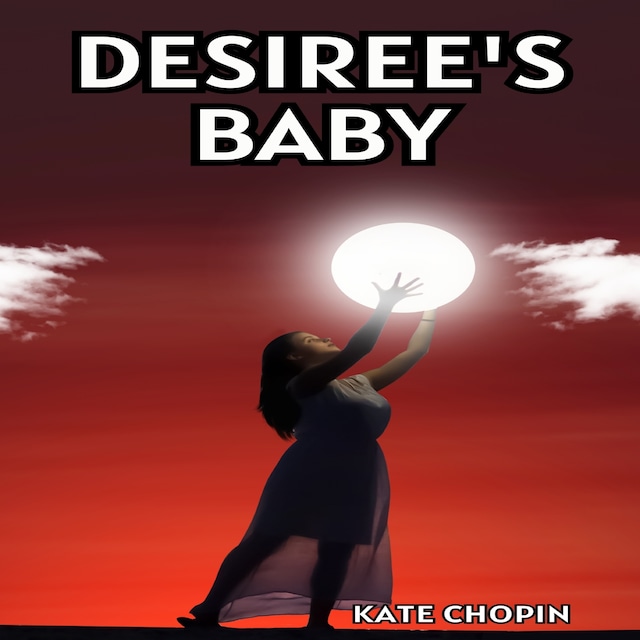
Desiree's Baby
Description of book
Désirée's Baby by Kate Chopin is an 1893 short story by the American writer Kate Chopin. It is about multi ethnic relationships in Creole Louisiana during the antebellum period.
Plot summary:
Désirée is the adopted daughter of Monsieur and Madame Valmondé, who are wealthy French Creoles in antebellum Louisiana. Abandoned as a baby, she was found by Monsieur Valmondé lying in the shadow of a stone pillar near the Valmondé gateway. She is courted by the son of another wealthy, well-known and respected French Creole family, Armand Aubigny. They marry and have a child. People who see the baby have the sense it is different. Eventually they realize that the baby's skin is the same color as that of a quadroon (one-quarter African)—the baby has African ancestry.
Because of Désirée's unknown parents, Armand immediately assumes that she is part black. Désirée denies the accusation. Désirée sends Madame Valmondé a letter asking her to confirm that she is white to which Madame Valmondé responds by telling her that she can return home, to her estate, with the baby. Armand, scornful of Désirée, tells her that he wants her to leave. She takes their child and walks off into a bayou, never to be seen again. Armand burns all of Désirée's belongings, even the child's cradle, as well as all of the letters that she had sent him during their courtship. In the same drawer where this bundle of letters was kept, he finds a letter written from his mother to his father, revealing that Armand is the one who is part black and that this secret had been kept from him. Désirée's ancestry is never defined.
Publication history:
Désirée's Baby" was first published on January 14, 1893, in Vogue. It first appeared under the title "The Father of Désirée's Baby" in a section called "Character Studies. The same issue included Chopin's story "A Visit to Avoyelles"; both marked Chopin's first contributions to the magazine which would eventually publish 18 of her works before the end of the century. "Désirée's Baby" was included in Chopin's collection Bayou Folk in 1894.
Format:
Language:
English


